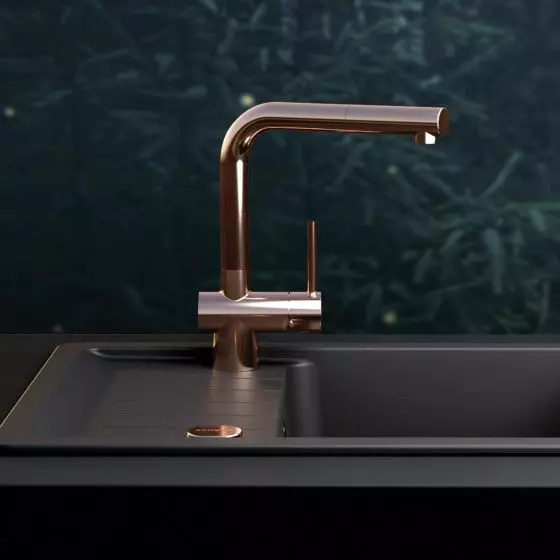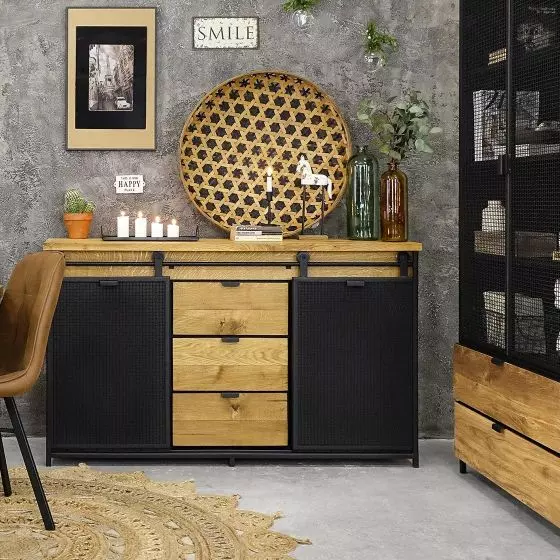Quite often in residential or public buildings there is a situation where the wall or floor dividing adjacent rooms has insufficient sound insulation.
Fig. 1 - Layered panel boards of the ZIPS system
© BS TRADING | BAKUSTIK
In order to improve it to the required values, special ready-to-use ZIPS brand sandwich panels were developed for the EU market (Fig. 1). They differ from all other existing materials providing additional acoustic insulation by the "all-inclusive" principle, i.e. the construction of each panel includes all the necessary elements for high acoustic insulation. The basis is two materials glued together: sound-absorbing tongue-and-groove gypsum-fiber board 20 mm thick and sound-absorbing mineral board (Fig. 2). Depending on the thickness of the sound-absorbing layer, the finished sandwich panel is between 25 and 120 mm thick.
Fig. 2 - Standard ZIPS panel board
© BS TRADING | BAKUSTIK
The main advantage of the ZIPS panels is the 8 vibration-isolated anchor sockets, through which each panel is anchored to the wall or ceiling. These sockets provide sound insulation between the metal mounting anchors screwed into the wall and the panel's gypsum-fiber board. The product uses specially developed VIBRID (Vibration Hybrid) technology. This is a hybrid combination of two types of vibration isolation materials: a polyurethane guide sleeve, which provides mechanical strength during installation, and a sealed silicone pad, which is responsible for the panel's high vibration isolation. (Fig. 3). Passing through such a socket, structural sound is highly attenuated, allowing the full benefits of the panel's layered structure to be realized. In order to increase the effectiveness of the added sound insulation, some models of ZIPS panels (ZIPS-III-Ultra, ZIPS-Slim models) have 8 vibration isolation pads made of Sylomer plastic. It is with the help of these point pads that the panels are mounted to the wall or ceiling surface. They increase the acoustic insulation properties of the multilayer panel and and ensure the life of the product to more than 30 years.
Fig. 3 - Detail of the ZIPS system mounting socket
© BS TRADING | BAKUSTIK
The basic series of ZIPS panels does not have the ability to adjust the panels horizontally. The sandwich panels adjust to the curvature of the plane on which they are mounted. If the wall or ceiling has large irregularities, special ZIPS-4 panels are used, whose design has the ability to adjust horizontally during installation. This makes it possible to level out the curvature of the surface by up to 50 mm, in addition to further increasing sound insulation, since the additional air gap that is created during leveling increases the value of the sound insulation coefficient to ΔRw = 19 dB (Fig. 4).
Fig. 4 - ZIPS panel board with adjustability for uneven walls
© BS TRADING | BAKUSTIK
After the sandwich panels are installed on the wall or ceiling, they are covered with a finishing layer of 12.5 mm thick gypsum board, where the final finish of the room is applied (Fig. 5). Once it's done, you can't visually tell if there's a sound-absorbing structure underneath.
Fig. 5 - Layout of layers including the finish of the ZIPS system
© BS TRADING | BAKUSTIK
For more information, visit the company's BS TRADING | BAUKUSTIK page on the PdA portal.































